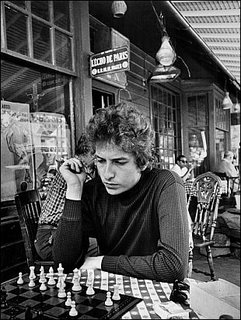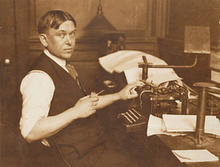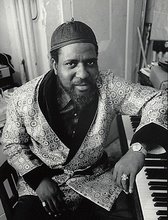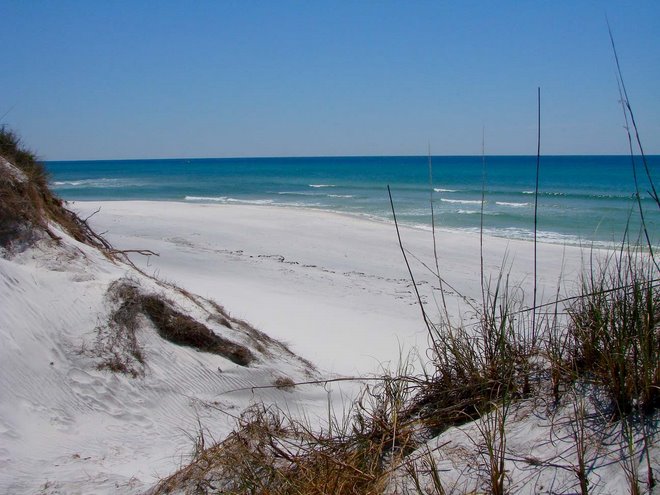A follow up article on the above ground bomb test planned for June 2 at the Nevada Test Site:
LAS VEGAS (AP) - Plans for a Pentagon-led experiment that involves detonating 700 tons of explosives in the desert drew criticism from state leaders and a disarmament activist. The explosion scheduled for June 2 at the Nevada Test Site is part of an effort to design a weapon that can penetrate solid rock formations in which a country might store nuclear weapons or other weapons of mass destruction.
"I am concerned that tests of this magnitude have been planned without providing Nevadans with any information about the possible impact on their health or safety," said Demcratic Sen. Minority Leader Harry Reid in a statement Thursday.
Nevada Test Site spokesman Darwin Morgan said the test will be conducted about 90 miles northwest of Las Vegas, near the center of the former nuclear testing site.
 | A Nuke over Nevada.
|
|
|
The test, named "Divine Strake," will involve nearly 40 times the amount of commercial ammonium nitrate and fuel oil explosive set off in the largest open-air, non-nuclear blast at the site to date. In 2002, 18 tons of explosives were set off at the Nevada Test Site. "This is nothing that's out of the bounds for us. That's what our expertise is in," he said.
Morgan said the site obtained the required state approvals and air quality permits in January. Officials from the National Nuclear Security Administration, which operates the site, alerted the state's congressional delegation and state government in December.
The Nevada Department of Administration responded with a letter stating: "Your proposal is not in conflict with state plans, goals or objectives."
No elected officials responded to the notice until Thursday, Morgan said. The test site is not required to seek public comment, he said.
"Given the level of contamination in areas where nuclear tests were conducted, I have real concerns about the dust and other pollutants that will be released into the air as a result of this explosion," said U.S. Rep. Shelley Berkley.
Disarmament activist Pete Litster said tests at the site violate international law. Litster, executive director of the Shundahai Network, said the site belongs to the Western Shoshone Indian tribe.
I personally plan to be west of here on that day, on the other side of the prevailing winds, somewhere peacefully quiet like the Reel Inn in Malibu, where I'll be pounding Negra Modelos between shots of tequila.
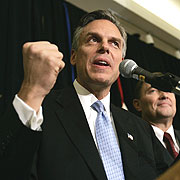 I am glad to report that Utah Governor Jon Huntsman has finally spoken out against the upcoming bomb test on June 2nd. Hopefully his voice will add to the growing clamor to keep this evil & detestable act from ever being committed.
I am glad to report that Utah Governor Jon Huntsman has finally spoken out against the upcoming bomb test on June 2nd. Hopefully his voice will add to the growing clamor to keep this evil & detestable act from ever being committed.







